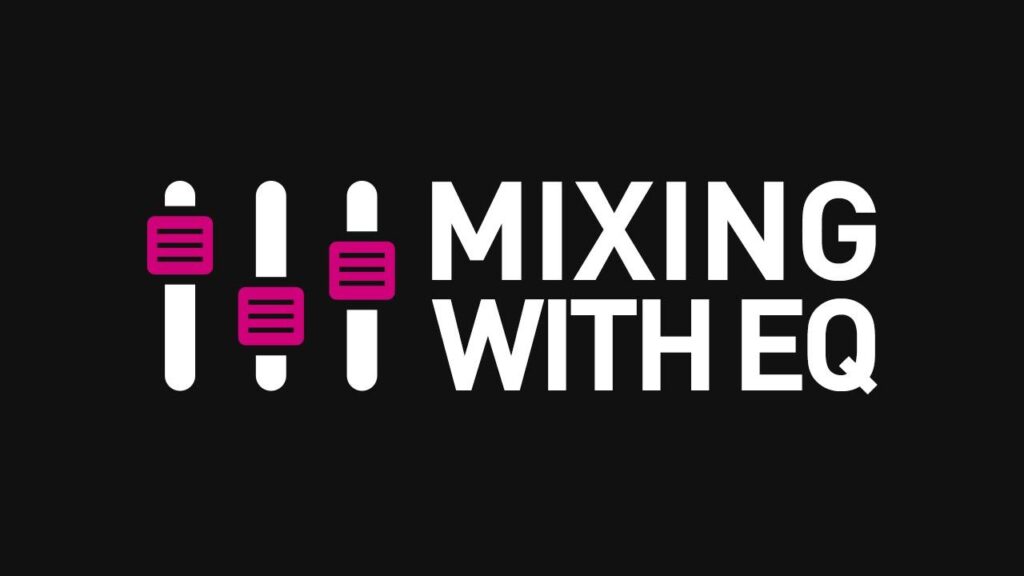EQ is known to be one critical as well as the fundamental process of mixing. Without effective EQ, it is not possible to shape the tone of the instruments and much another type of voices which is considered as an important step in making the individual track the best. Hence to ensure that the song blends together optimally, it is a must to know how to mix using EQ efficiently.
Understanding EQ is no rocket science as once you start working on it, you get a good hold of its use, benefits and the perfect amount of EQ required for blending different types of frequencies in a single track. However, it may take a little longer for you to become a pro as there are many critical aspects that need special attention. Usually, young music production professionals commit some pitfalls that trip them in the long run, resulting in an oddly mixed audio track. This happens specially in the case of mixing in a home studio. If you too are suffering from some issues like this, here are the Top 3 mistakes that you must avoid while using EQ at home studio:
Never let the Bass bring you down:
Because of the lack of acoustical treatment in smaller projects and home studios, the track usually does not go well on low end frequencies. Bigger studios, because of the high end treatment offer neutral response for the critical low frequencies but smaller setups usually fall for uneven and abrupt low end response. This is usually the result of standing waves because of the smaller room or frequency limitation of the speakers.
You must pay attention to this aspect as when you use EQ focusing on the inaccurate lows in the mix; it can cause you as harm as it is beneficial. Thus, the EQ must not be used according to the monitoring environment but it must be applied on neutral ground for universally acceptable results.
Over hyping the highs is a big NO:
When you are done addressing the low ends, you must address the high ends of the mix. The trick here is to bump up frequencies in the upper midrange area (~ 4–8 kHz) that have higher treble (~ 8–12 kHz). Doing this you can get crispiness and clarity in the mix. If not done in the right manner an over bright, sibilant and forward mix can be a terrible sound for the listeners that may add to their fatigue. Thus addressing the high notes and ensuring they are at the optimal height is as important as balancing the low notes.
Do not walk far away from the home:
When we start adding EQ to the sound track, it starts becoming fine and as more and more EQ is added, the entire track starts sounding different to which our ears become accustomed. This usually makes us forget the original sound of the track. This may result in a complete alien track or a song that do not serve the initial intentions of recording. If you have a well recorded track, your instrumental sounds, especially the vocals do not require heavy EQ adjustments. You must avoid the EQ creep and use EQ optimally; for this, you must listen to the original track often while doing EQ.
These are the top three mistakes that you must avoid to perfectly mix a track in your home studio.


